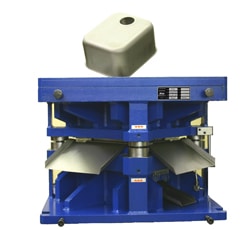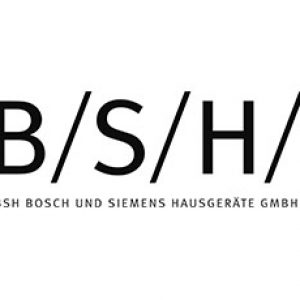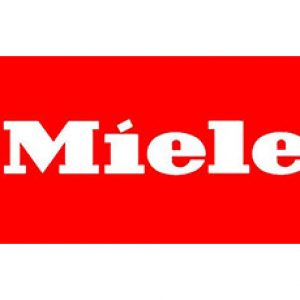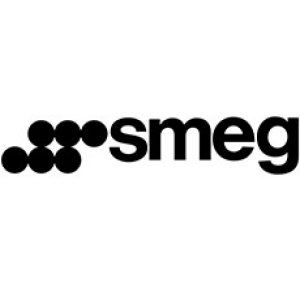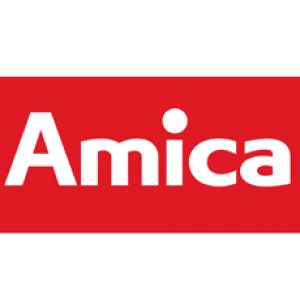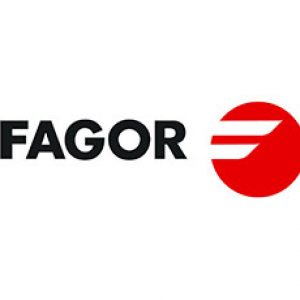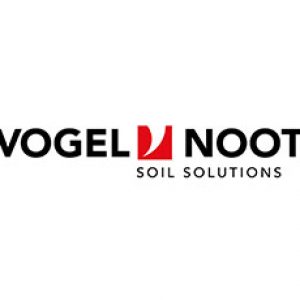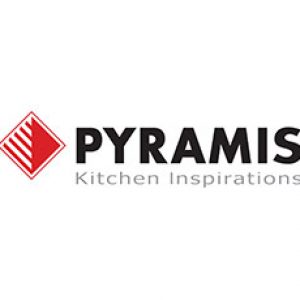Deep-drawing dies
Back to diesAre you looking for a company specialising in the construction of customised deep-drawing dies? Then you've come to the right place! Since 1972, Attrezzeria Universal has specialised in cold sheet metal working and offers various types of services: from deep-drawing to punching to sheet metal bending, from the production of dies to the creation of finished and assembled products.
There are many types of deep-drawing dies and for different sectors.
The deep-drawing process to be carried out may be a small part of the piece to be produced and therefore the deep-drawing die is integrated into a step die, or the piece is made almost entirely from deep-drawing, as in the case of a sink die or hob die. In the latter case, then a dedicated die is produced that realises the desired action.
What are deep-drawing dies?
Deep-drawing is a technology that allows cold-forming of sheet metal to give it any three-dimensional shape by stretching.
In order to be able to carry out deep-drawing, it is necessary to construct dies that allow metal to be cold-formed normally in one or more steps.
Deep-drawing dies allow sheet metal to be transformed by shaping it into different shapes and sizes. These tools consist of a die, a punch and a blank holder. These tools are mounted on a steel platen and bound to the movements on the stamping press.
Frequently, deep-drawing dies are mounted on hydraulic presses to make the most of their technical characteristics.
Making deep-drawing dies requires knowledge and experience in the behaviour of cold-formed sheet metal.
Attrezzeria Universal has more than 50 years of experience in the construction of deep-drawing dies and uses advanced software and technology to find the best solutions for the customer.
How is a deep-drawing die made?
The deep-drawing die, in its simplest construction, consists of a punch and its punch holder, a die and its die block. The 'blank holder' keeps the sheet flat and hold it in place to prevent wrinkles from forming. Sometimes there may be an additional component, the extractor, which is used to extract the part from the deep-drawing die.
The construction of deep-drawing dies involves three consecutive steps:
- the design, which is carried out using solid modelling CAD systems (we use TopSolid, SolidWorks, NX, Cimatron E)
- the actual construction, which includes the mechanical machining of all die components, heat treatment, polishing, surface coatings.
- the assembly of machined and standardised components (bushings, columns, screws), testing and set-up of the die.
- All dies are tested on our 1,000-ton hydraulic press with pull-out table and blank holder and third action in the slide.
- Finally, a dimensional inspection of the deep-drawn part using a three-dimensional touch probe is provided.
What are the advantages of deep-drawing dies?
The advantages of the deep-drawing dies that Universal Tooling produces are as follows
Use of technologically advanced materials
- Adoption of the most innovative surface treatments for active parts.
- The die is tested on a fully configurable press that can develop up to 1000 tonnes with a 3000x1500 platen, equipped with a blank holder of up to 600 tonnes and a third action of 3oo tonnes. We can make deep-drawings from below with the active action on the press.
Applications of deep-drawing dies
The most common applications we have produced are:
- Hobs.
- Sinks.
- Front panels for washing machines or dryers.
- Stainless steel casings and counter doors for dishwashers.
- Front and rear stainless steel flanges for washing machine baskets.
Sectors covered
Since 1972 we have produced deep-drawing dies for various industries.
Our core business is the household appliance sector, in particular aesthetic parts.
Here are other areas we have worked for:
- household appliance sector (aesthetic and structural details)
- automotive sector (structural parts)
- irrigation sector (automatic dies for joints)
Design and details of deep-drawing dies
The design is carried out on cad software and combined with forming simulations using the latest software.
We were among the first companies on the market to believe in the use of solid modelling CAD systems and over time we have developed expertise in the use of different types of software: TopSolid, SolidWorks, NX, Cimatron E
We design and build customised deep-drawing dies
Through our technical department we not only design the die, but above all assist the customer during the set-up phase of the desired product. In this way, all our experience can be brought into play to produce a product that is both easily realisable and cost-effective.
Through our technical department we not only design the die, but above all assist the customer during the set-up phase of the desired product.
It is this experience combined with the relationship we establish with our customers that is the key that makes us so valued by many major companies around the world.
How much can a deep-drawing die cost?
The answer to this question depends on many factors.
In fact, in order to be able to provide you with a quotation for the production of a part, we need the following information:
- construction drawing of the part to be manufactured (dimensioned pdf + 3D where possible)
- indication of how many pieces are to be produced per year
- characteristics of the presses that will be used for production (size and power of the various components)
Contact us today for a quotation.
Insert link to https://universal1972.com/contatti/

